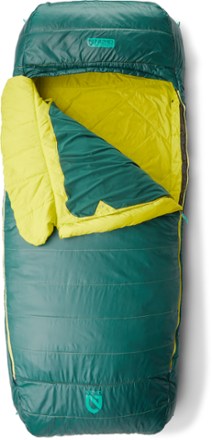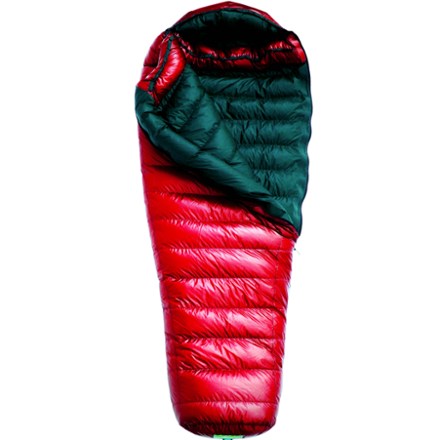Essential Backpacking Tips for Women Your Ultimate Guide to the Trail
What Is Motion Sickness?
Motion sickness happens when there’s a disconnect between what your inner ear senses and what your eyes see. The inner ear, responsible for maintaining balance, sends signals to the brain that conflict with visual cues, causing discomfort. Once your body adjusts to the motion or with the help of medications, the symptoms usually subside.
Common Symptoms
- Lightheadedness and dizziness
- Nausea and vomiting
- Sweating and frequent yawning
How to Prevent Motion Sickness
If you’re prone to motion sickness, taking precautions can help reduce or prevent symptoms.
1. Choose a Seat With Minimal Motion
- Boats and Planes: Sit in the middle, where motion is least noticeable.
- Cars and Buses: Opt for a seat closer to the front, which experiences less jarring movement.
2. Focus Your Vision
- Fix your eyes on a steady object, such as the horizon on a boat, or an unmoving point in the distance.
- Avoid looking at moving scenery or objects inside the vehicle.
3. Get Fresh Air
- Open a window or step outside if possible. Fresh air can help alleviate queasiness.
4. Take a Nap
- Sleeping can help you bypass the disorienting effects of motion altogether.
5. Avoid Triggers
- No Reading: Reading or focusing on screens can worsen symptoms.
- Avoid Alcohol and Greasy Foods: These can irritate your stomach, intensifying motion sickness.
How to Treat Motion Sickness
Natural Remedies
- Acupressure Wrist Bands: Products like Sea Bands® apply pressure to a specific point on your wrist that can relieve symptoms.
- Ginger: Studies suggest ginger can reduce nausea. Options include ginger candies, ginger tea, or ginger capsules.
- Soda Crackers and Cola: Some people find relief by nibbling on plain crackers and sipping cola to settle the stomach.
Medications
- Oral Pills: Meclizine (Antivert®, Bonine®) and dimenhydrinate (Dramamine®) are effective if taken an hour before travel.
- These medications can cause drowsiness as a side effect.
- Scopolamine Patches: Worn behind the ear (e.g., Transderm Scop®), these patches provide relief for up to three days.
- Apply them at least three hours before travel. Side effects may include drowsiness and blurred vision.
Final Thoughts
Motion sickness can put a damper on travel, but with the right strategies and remedies, you can minimize discomfort. Whether you rely on natural approaches like ginger and wristbands or turn to medication for relief, preparation is key to enjoying your journey.






